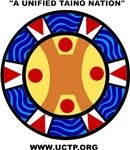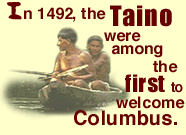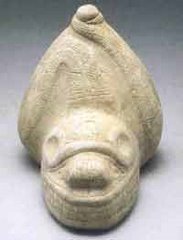
Did You Know - Taino Kasike (Chiefs) and nitaíno (community leaders) distinguished themselves with their clothing, regalia, jewelry, and other accessories. They wore garments of the finest woven sarobei (sarobey) cotton and beaded belts with geometric designs. For important occasions they sometimes donned capes made from the colorful plumage of tropical birds: parrots, flamingos, herons, and hawks, etc. Traditionally, beautifully worked shell jewelry - including necklaces and pectoral ornaments - and amulets made from gold, semiprecious stones, shell, and bone were worn. Other community members also wore types of cotton clothing and adornments as well including headbands and woven caps. Bodies were also painted with various natural dyes and body stamps were used. Ear plugs known as tatagua were worn by both men and women and today this practice is seeing a limited, but vibrant revival. - - UCTP Taino News © 2008


















